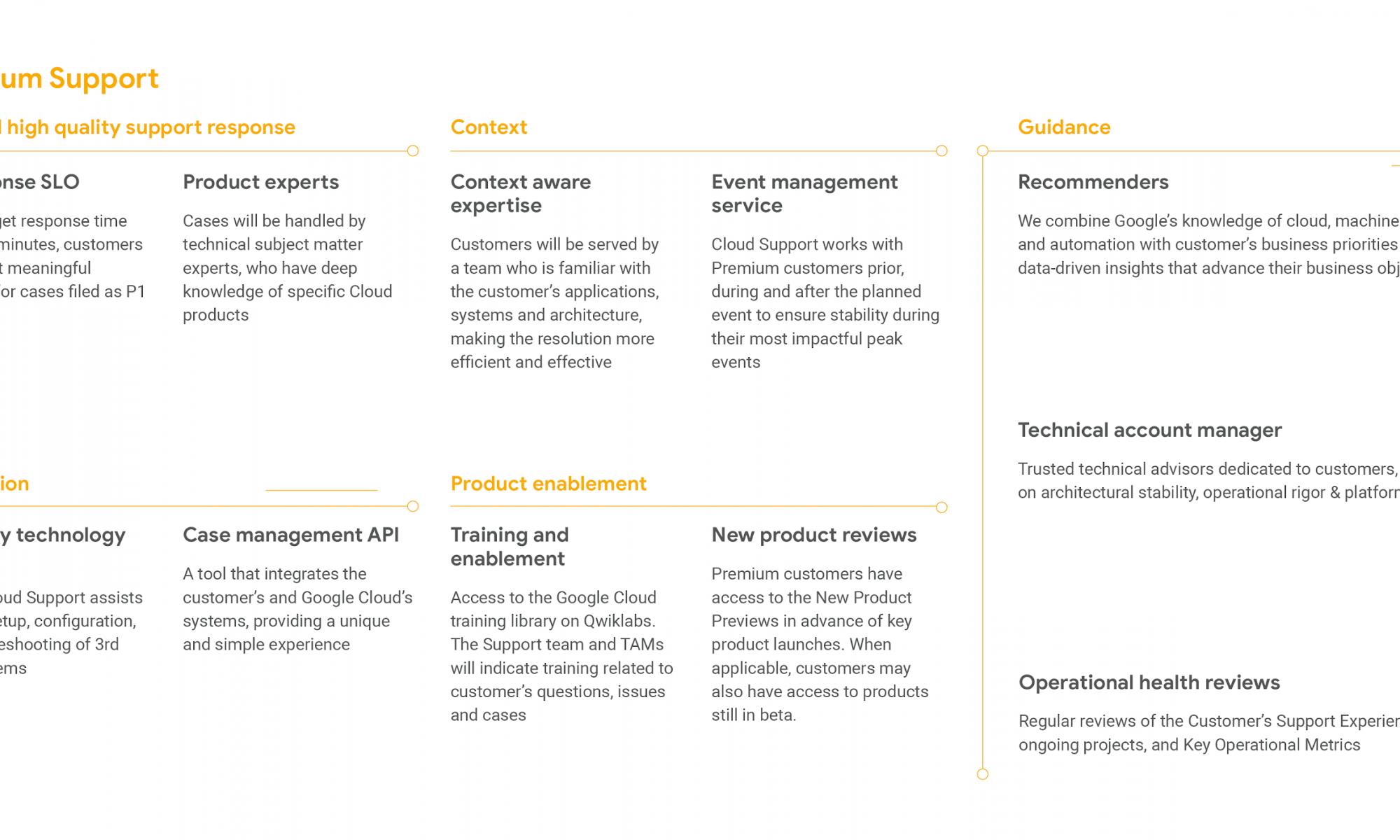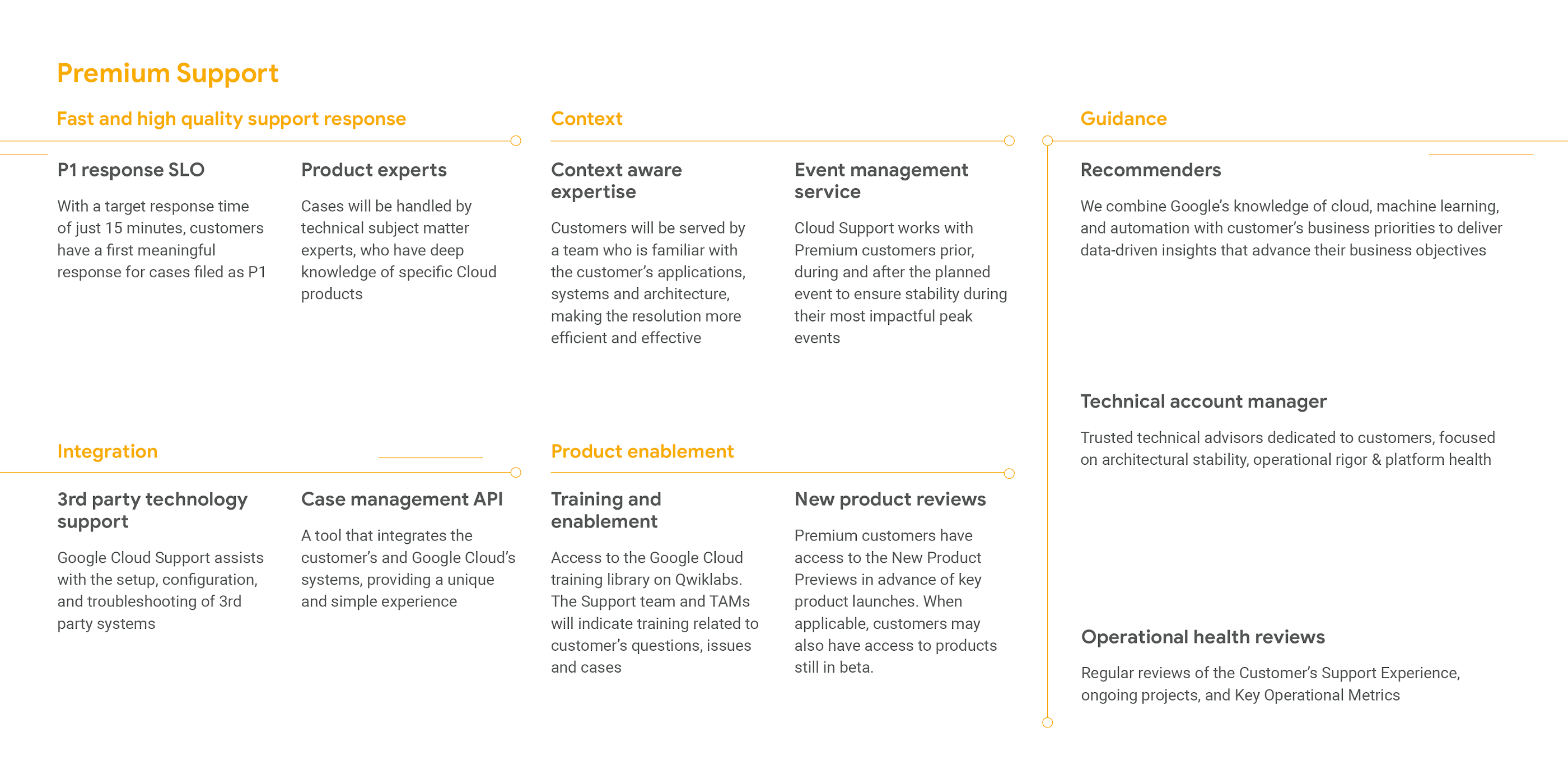Mozilla laid off about 70 employees today, TechCrunch has learned.
In an internal memo, Mozilla chairwoman and interim CEO Mitchell Baker specifically mentions the slow rollout of the organization’s new revenue-generating products as the reason for why it needed to take this decision. The overall number may still be higher, though, as Mozilla is still looking into how this decision will affect workers in the UK and France.
“You may recall that we expected to be earning revenue in 2019 and 2020 from new subscription products as well as higher revenue from sources outside of search. This did not happen,” Baker writes in her memo. “Our 2019 plan underestimated how long it would take to build and ship new, revenue-generating products. Given that, and all we learned in 2019 about the pace of innovation, we decided to take a more conservative approach to projecting our revenue for 2020. We also agreed to a principle of living within our means, of not spending more than we earn for the foreseeable future.”
Baker says laid-off employees will receive “generous exit packages” and outplacement support. She also notes that the leadership team looked into shutting down the Mozilla innovation fund but decided that it needed it in order to continue developing new products. In total, Mozilla is dedicating $43 million to building new products.
“As we look to the future, we know we must take bold steps to evolve and ensure the strength and longevity of our mission,” Baker writes. “Mozilla has a strong line of sight to future revenue generation, but we are taking a more conservative approach to our finances. This will enable us to pivot as needed to respond to market threats to internet health, and champion user privacy and agency.”
The organization last reported major layoffs in 2017.
We have reached out to Mozilla for comment and will update this post once we hear more.
Here is the full memo:
Office of the CEO <officeoftheceo@mozilla.com>
to all-moco-mofoHi all,
I have some difficult news to share. With the support of the entire Steering Committee and our Board, we have made an extremely tough decision: over the course of today, we plan to eliminate about 70 roles from across MoCo. This number may be slightly larger as we are still in a consultation process in the UK and France, as the law requires, on the exact roles that may be eliminated there. We are doing this with the utmost respect for each and every person who is impacted and will go to great lengths to take care of them by providing generous exit packages and outplacement support. Most will not join us in Berlin. I will send another note when we have been able to talk to the affected people wherever possible, so that you will know when the notifications/outreach are complete.
This news likely comes as a shock and I am sorry that we could not have been more transparent with you along the way. This is never my desire. Reducing our headcount was something the Steering Committee considered as part of our 2020 planning and budgeting exercise only after all other avenues were explored. The final decision was made just before the holiday break with the work to finalize the exact set of roles affected continuing into early January (there are exceptions in the UK and France where we are consulting on decisions.) I made the decision not to communicate about this until we had a near-final list of roles and individuals affected.
Even though I expect it will be difficult to digest right now, I would like to share more about what led to this decision. Perhaps you can come back to it later, if that’s easier.
You may recall that we expected to be earning revenue in 2019 and 2020 from new subscription products as well as higher revenue from sources outside of search. This did not happen. Our 2019 plan underestimated how long it would take to build and ship new, revenue-generating products. Given that, and all we learned in 2019 about the pace of innovation, we decided to take a more conservative approach to projecting our revenue for 2020. We also agreed to a principle of living within our means, of not spending more than we earn for the foreseeable future.
This approach is prudent certainly, but challenging practically. In our case, it required difficult decisions with painful results. Regular annual pay increases, bonuses and other costs which increase from year-to-year as well as a continuing need to maintain a separate, substantial innovation fund, meant that we had to look for considerable savings across Mozilla as part of our 2020 planning and budgeting process. This process ultimately led us to the decision to reduce our workforce.
At this point, you might ask if we considered foregoing the separate innovation fund, continuing as we did in 2019. The answer is yes but we ultimately decided we could not, in good faith, adopt this. Mozilla’s future depends on us excelling at our current work and developing new offerings to expand our impact. And creating the new products we need to change the future requires us to do things differently, including allocating funds, $43M to be specific, for this purpose. We will discuss our plans for making innovation robust and successful in increasing detail as we head into, and then again at, the All Hands, rather than trying to do so here.
As we look to the future, we know we must take bold steps to evolve and ensure the strength and longevity of our mission. Mozilla has a strong line of sight to future revenue generation, but we are taking a more conservative approach to our finances. This will enable us to pivot as needed to respond to market threats to internet health, and champion user privacy and agency.
I ask that we all do what we can to support each other through this difficult period.
Mitchell
Source: Tech Crunch




